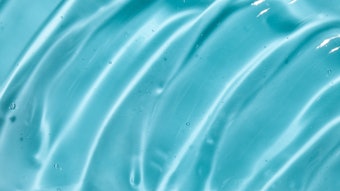Ingredients for the preservation of personal care products require high standards of safety and compatibility. Just a few of the numerous well-known and permitted preservatives are used in the majority of products. Among the more widely used materials are the parabens, which have been used successfully in cosmetic preservation for many years. Today, however, parabens are being regarded increasingly critically, both by specialists and by the public. Under certain conditions organic acids can be an ideal replacement.
Organic acids are becoming popular for the preservation of cosmetics. The antimicrobial efficacy of organic acids is linked to their undissociated, acidic form.4 With increasing pH, more and more of the acid is transformed into the salt. The salt form of these acids, when used alone, has no antimicrobial efficacy . This effectively limits the use of organic acid preservatives to formulations that have a pH below 6. By combining the organic acid with other preservative ingredients (such as those in Table 1), one can preserve formulations up to a neutral pH. This is important to the formulator because numerous products are formulated within the range of pH 6-7. The failure of acid-based preservatives at pH values over 6 leads to an unfortunate restriction in the use of these systems.
A possible combination partner is diazolidinyl urea (DU), a commonly used preservative effective against Grampositive and Gram-negative bacteria via the mechanism of denaturation and blocking of the protein functionality by crosslinking.
Diazolidinyl urea is widely used in standard preservative blends in combination with fungicidal components, such as the parabens. Due to their fungicidal efficacy (see Editors’ Note), organic acids can replace parabens in these blends.
This article discusses a particular liquid cosmetic preservativea that is a combination of diazolidinyl urea, sodium benzoate and potassium sorbate. It is a stabilized aqueous solution, requiring no additional solvents. In this article we will refer to this product as DU/OA to suggest its composition of diazolidinyl urea and organic acids.









